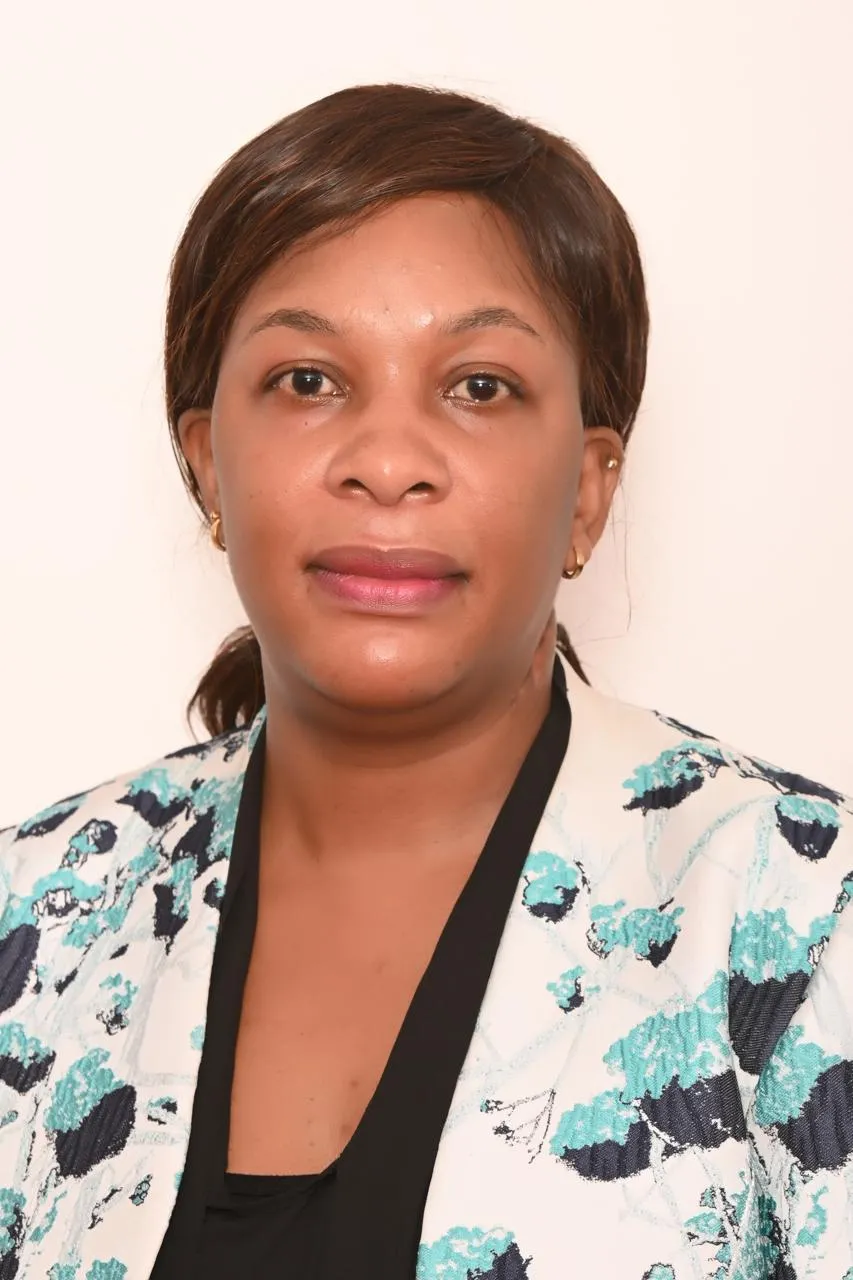
Development Finance Institutions (DFIs) are essential for driving economic growth and development in Kenya, particularly by financing projects that align with national development goals and objectives. DFIs play a significant role in mobilizing resources for various sectors including manufacturing, energy, sustainable agriculture, post-harvest management and infrastructure. DFIs and commercial banks play complementary roles in the financial ecosystem in supporting economic growth and development. DFIs primarily focus on long-term financing for sectors that are often underserved by traditional banks thereby addressing a critical financing gap in the market. DFIs like Kenya Development Corporation (KDC) are pivotal in supporting small and medium enterprises (SMEs) and promoting financial inclusion.
Despite their importance, DFIs face challenges related to funding and capitalization. Limited funding restricts the capacity of DFIs to scale their operations and support larger projects that could have significant developmental impact. In a rapidly changing economic environment, lack of flexibility in funding options can result in missed opportunities for impactful investments. DFIs rely heavily on government support and confessional loans. Dependence on Government funding creates vulnerabilities as changes in government priorities or budgetary constraints may directly impact the financial resources available to DFIs. While confessional loans are beneficial for supporting development initiatives, they can also create a dependency that limits the DFI's ability to pursue more commercially viable projects that could yield sustainable financial returns.
DFIs should seek to diversify their funding sources beyond Government support and concessional loans. This could involve exploring partnerships with private investors, accessing capital markets and leveraging blended finance models that combine public and private resources. DFIs can leverage private sector expertise and resources to finance large-scale impactful projects. Issuing bonds or other financial instruments in capital markets can be an effective way for DFIs to raise funds. This approach allows them to tap into a broader investor base while providing investors with opportunities to support developmental projects. Blended finance models can attract private sector capital into high-risk sectors. This model encourages investment in areas that are critical for national development but may not attract sufficient funding.
Other strategies for enhancing DFI funding include strengthening regulatory frameworks, improving internal processes and governance structures for operational efficiency and risk management, establishing robust monitoring frameworks that will enable DFIs to demonstrate their impact and credibility effectively, promoting financial innovation to enable DFIs attract diverse sources of funding for instance, developing impact investment funds focused on social and environmental outcomes could align investor interests with developmental goals.
Kenya Development Corporation is establishing Green Investment Fund to mobilize private capital to support SMEs adopt green, clean and ecofriendly technologies. The USD 160 million fund seeks to crowd in private capital and unlock opportunities for green investments in Kenya. DFIs and commercial banks can also leverage each other's strengths to create comprehensive financing solutions for various sectors. Lastly, the Government can enhance DFI capitalization through direct funding or guarantees that enable these institutions to raise additional capital. This support can be crucial during economic downturns or when DFIs face liquidity challenges.
Barbara Lunani Partnership Development and Resource Mobilization, Kenya Development Corporation


